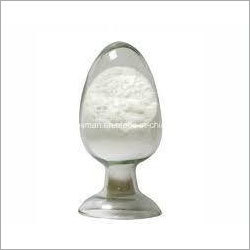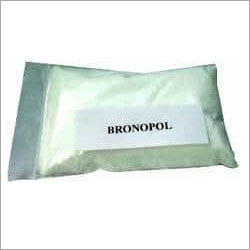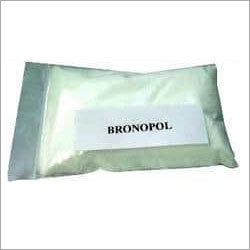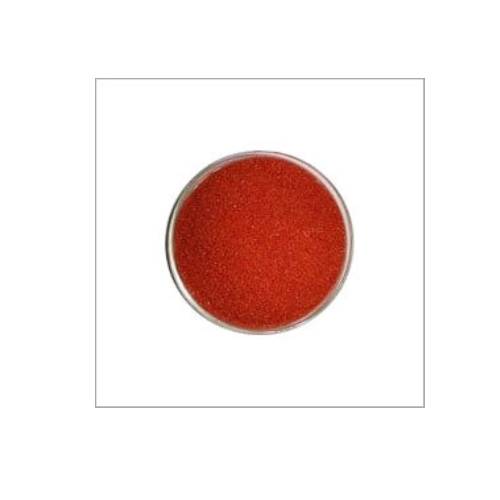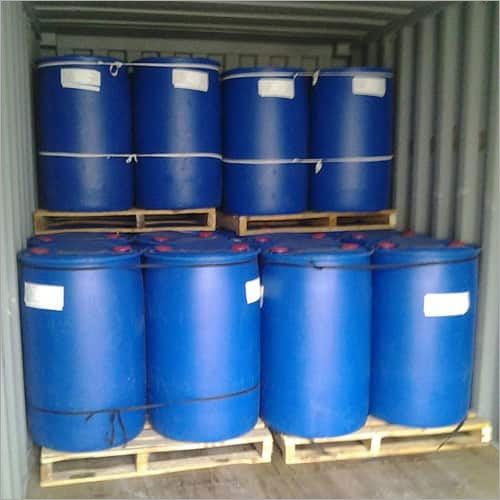Indole Butyric Acid
Indole Butyric Acid
Owing to our vast expertise in the domain, we have become one of the prominent manufacturers, exporters and suppliers of superior quality Indole Butyric Acid. It is basically a insecticide that is widely used in the agriculture sector. Offered insecticide is processed under the strict guidance of our skilled professionals by making use of quality-approved chemical substances. In addition, our clients can get this product from us in diverse packing options as per their specific needs.
Product Details:
- Classification : Absorbent
- Application : Agriculture
- Physical State : Powder
- Release Type : Quick
- Product Type : Powder
- Storage : Cool & Dry Place
- Minimum Order Quantity : 50 Kilograms
Indole Butyric Acid Features:
- Accurate PH composition,
- Purity
- Longer shelf life
- Safe to use
Indole Butyric Acid Properties:
1. Chemical Structure: Indole-3-butyric acid (IBA) is a plant growth regulator belonging to the auxin family. Its chemical formula is C12H13NO2.
2. Solubility: Indole Butyric Acid is sparingly soluble in water but dissolves readily in polar organic solvents like ethanol and methanol. This property makes it suitable for use in various formulations for plant rooting.
3. Rooting Hormone: It is primarily used as a rooting hormone in plant propagation. It stimulates root development in cuttings, allowing them to establish themselves more quickly and effectively.
4. Mode of Action: It acts by stimulating the formation of roots from stem or leaf cuttings. It promotes the growth of adventitious roots, which are roots that form from non-root tissues.
5. Concentration: The effective concentration of IBA varies depending on the plant species and the type of cutting being propagated. Typically, concentrations range from 0.1 to 10 parts per million (ppm) for most applications.
6. Stability: Indole Butyric Acid is relatively stable under normal storage conditions. However, it should be protected from light and stored in a cool, dry place to prevent degradation.
Indole Butyric Acid Applications:
1. Rooting Agent: One of the primary uses of this chemical compound is as a rooting hormone. It promotes the development of roots in plant cuttings, facilitating the propagation of new plants. It's widely used in nurseries, greenhouses, and commercial plant propagation operations.
2. Propagation: Indole Butyric Acid is commonly used to propagate a wide range of plants, including ornamentals, fruits, vegetables, and woody plants. It helps improve the success rate of cuttings by stimulating root growth and enhancing the establishment of new plants.
3. Gardening: Home gardeners often use this chemical compound to propagate their favorite plants from cuttings. It allows them to multiply their plant collections without having to purchase new plants.
4. Forestry: Indole Butyric Acid is utilized in forestry for propagating trees and shrubs. It helps in establishing new forests, reforestation efforts, and afforestation projects by enhancing the survival and growth of propagated plants.
5. Nursery Production: Commercial nurseries use IBA extensively to produce high-quality seedlings and young plants. It enables them to quickly produce large quantities of uniform plants for sale to growers and landscapers.
6. Tissue Culture: It is sometimes included in tissue culture media to promote the development of roots in micropropagated plants. It aids in the acclimatization of plantlets transferred from in vitro conditions to soil.
7. Fruit and Vegetable Production: In fruit and vegetable production, IBA can be used to root fruit tree cuttings, improve the establishment of transplants, and enhance the root system development of crops like tomatoes, peppers, and strawberries.
8. Landscaping: Landscapers may use Indole Butyric Acid to propagate specific plant varieties for landscape design projects. It allows them to create custom-designed landscapes using desirable plant species.
9. Research: Indole Butyric Acid is also utilized in research settings to study plant growth and development, particularly in experiments involving root formation, adventitious rooting, and hormone interactions.
10. Seed Germination: In some cases, it is used to enhance seed germination, particularly for species with hard seed coats or those that have low germination rates.

